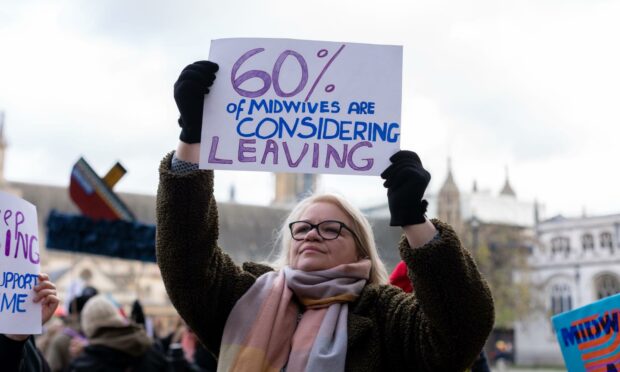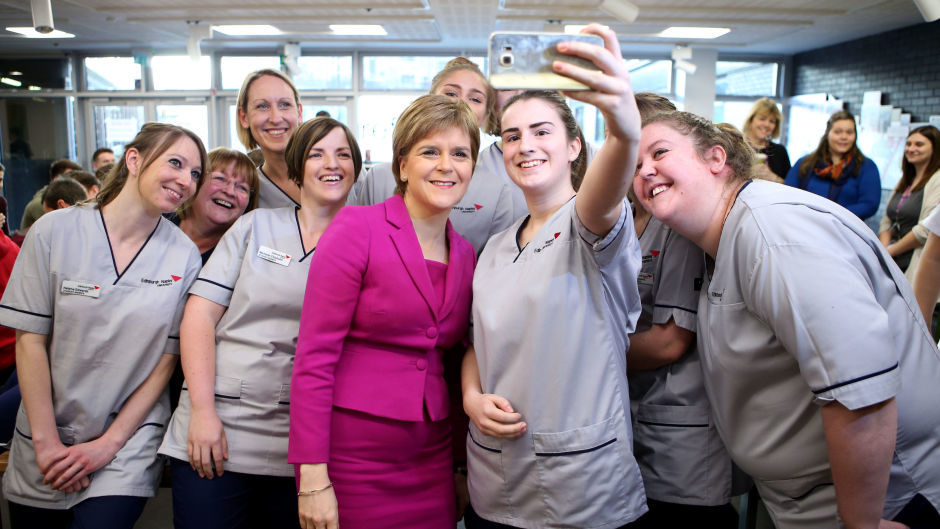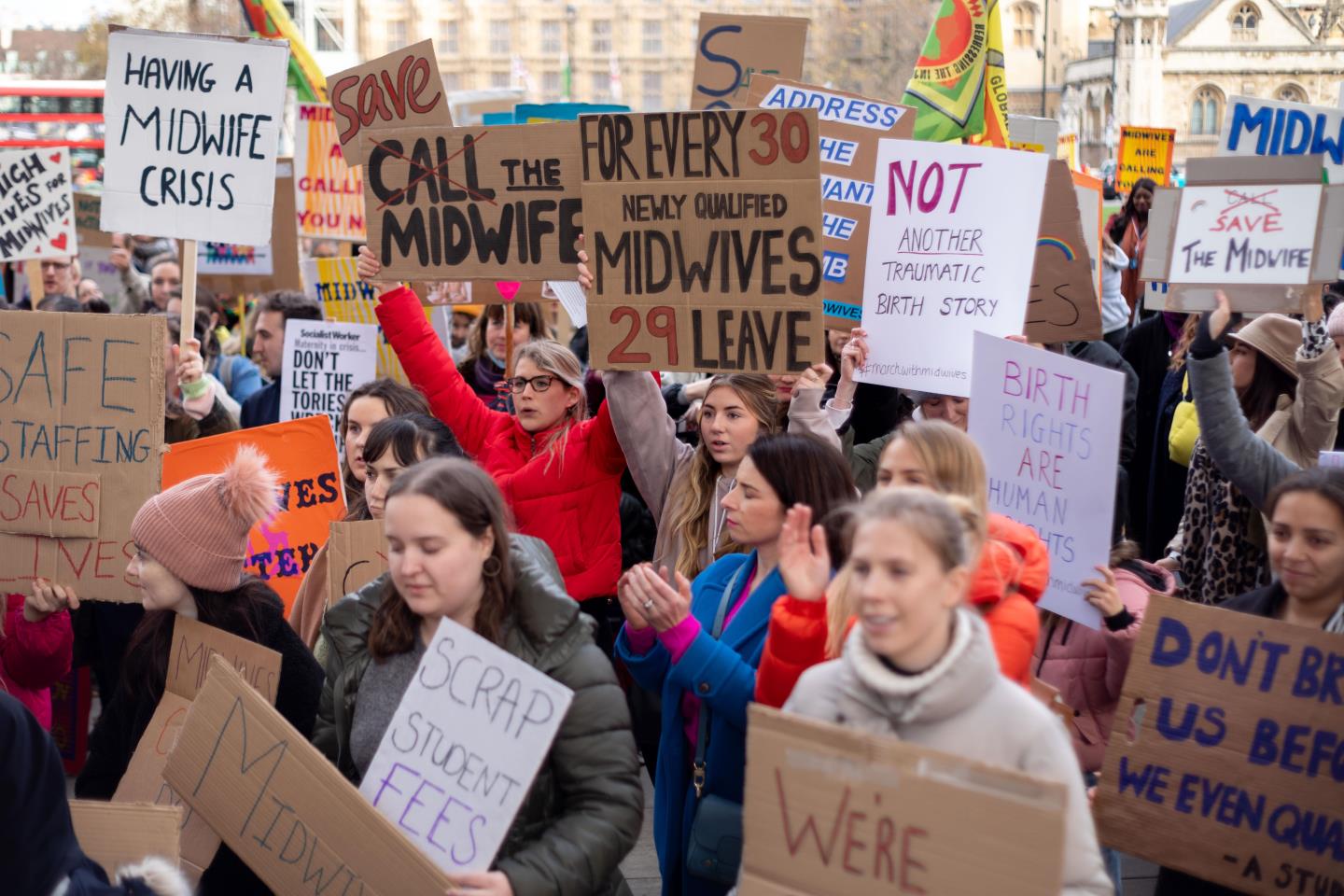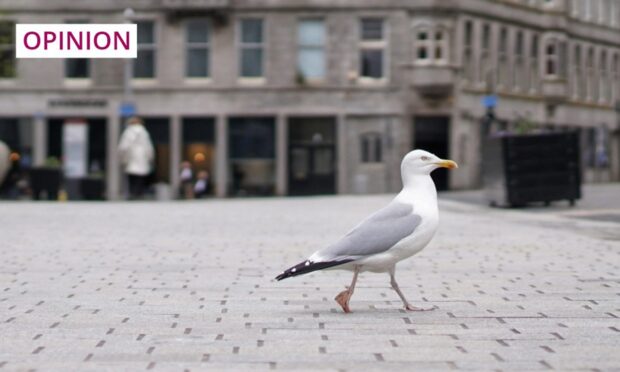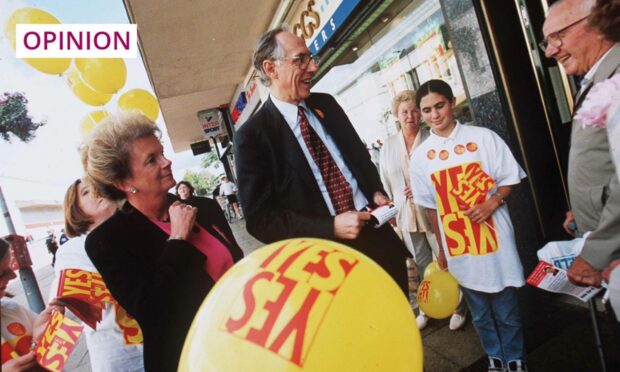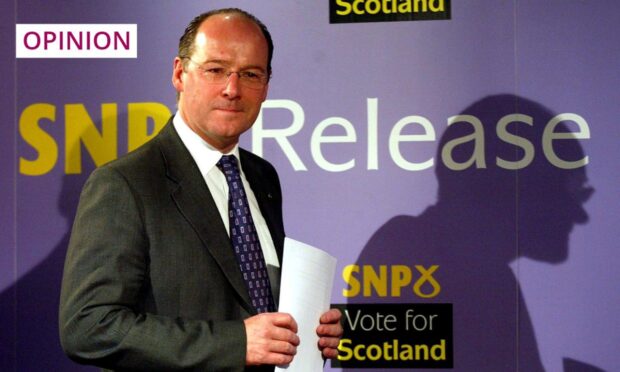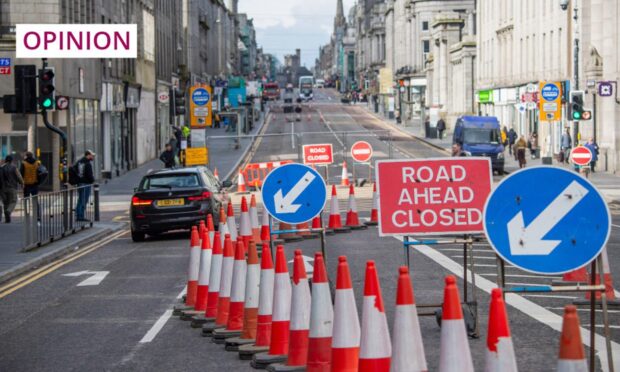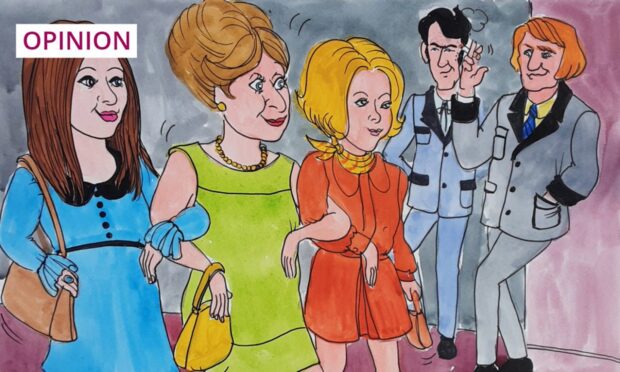A few years ago, a meme doing the rounds on social media asked: at what age would you have died in a pre-NHS world?
Having had no major childhood illness or accidents, I lasted a bit longer than some of the other people I saw taking part, but would have succumbed age 35, when I would have died in childbirth of massive haemorrhaging, following a traumatic 26-hour labour.

I remember very little in the white heat of it all, beyond the solid bond of trust I established early on with the midwife leading my care. Twenty-six hours in labour meant that I started just as she was coming on shift; she and her trainee went home when their 12-hour shift ended, then came back in time to see me through the actual birth.
I remember the relief of her walking back through the door again, the woman who talked me through my epidural, helped me establish breathing patterns, got my baby turned, faced down all my doubts and motivated me to push harder right at the end. To my shame I don’t, six years on, remember her name or her face.
Thinking about it now, the idea that she had worked the first 12 hours of my labour, being my lifeline, medical expert, motivator and educator, giving so much of herself physically, mentally and emotionally to me, gone home for a few hours’ break (I have no idea at what time of the day or night this was) then come straight back into it again, seems preposterous.
Birthing, I was a monster: demanding, emotional, angry, and so, so frightened. My partner, though in the room, was completely at a loss as to how to handle me. The resources this woman found to deal with me inside herself – that she would have to summon on a daily basis for almost every single birth she attended – after only a few hours of rest, are phenomenal and hugely, hugely undervalued in this country.
We must avoid a ‘midwife exodus’
In October, the Royal College of Midwives warned of a “midwife exodus” from the NHS, due to understaffing and fears they can’t deliver safe care in the current system. In the College’s annual member experiences of work survey, over half of midwives asked said they were considering leaving their job, with 57% saying they would leave the NHS in the next year.
More than eight out of 10 were concerned about staffing levels, and two-thirds were not satisfied with the quality of care they are currently able to deliver. 87% said that they regularly had to delay toilet breaks when on the job due to staffing shortages.
Last weekend, town centres all over the UK played host to demonstrations called #MarchWithMidwives, aimed at highlighting the sometimes downright dangerous conditions that midwives work in. I spoke to one of the organisers of one of the Scottish demonstrations, Jenny (not her real name), an NHS midwife and birth educator who qualified in 2017.
“Previously, when you heard about birthing and maternity services in the media, it would be around specific issues – natural birthing versus caesarean sections gone wrong, for instance – always focusing on the one-off stories,” she says.
‘Clapping and the odd box of chocolates isn’t going to cut it, and I think people are ready to hear that, but also that they’re surprised by that’
“The narrative hasn’t looked at a systematic problem before – these conversations have happened around junior doctors’ hours, for example, but maternity staff have never been included in that conversation.
“People want their breaks. They want to finish work on time, they want fair and equitable pay. Clapping and the odd box of chocolates isn’t going to cut it, and I think people are ready to hear that, but also that they’re surprised by that.
“As midwives, we walk into the room and we’re there to assist with and celebrate someone’s most beautiful day. You do everything you can to leave all of that at the door, so that usually, hopefully, patients are completely oblivious to the pressures behind the scenes. So I think it’s been very necessary to draw attention to it.”
Solidarity from all angles
In terms of raising awareness, the weekend’s activities have been a success; at time of writing, almost 120,000 people have now signed the #MarchWithMidwives petition, meaning that it will go in front of Parliament. But Jenny is keen to caution that this is only the beginning.
Midwives are not superheroes or angels. They are people working in a very hard job where they are over-worked and underpaid and stressed to fuck.
Read more: https://t.co/Ew7gScXJ5r
Share @MidwivesMarch
#MarchWithMidwives pic.twitter.com/KLig5gCBx3
— Hollie McNish (@holliepoetry) November 21, 2021
“Changing policy at the level that’s needed – across all NHS administrations – is going to be a long game. [The #MarchWithMidwives organisers] want to make sure that people aren’t feeling that just going on these marches is enough to create change – that’s not how it happens.
“However, I feel that there’s potential because this campaign was started by parents in support of birth workers. That’s important because it can’t be dismissed then as ‘workers scrounging for more money’ – actually this is other people standing up and saying: ‘If they’re working in those conditions and I give birth in those conditions, then that affects me too.’
“It feels like the solidarity is coming from different angles, and that’s really powerful.”
Kirstin Innes is the author of the novels Scabby Queen and Fishnet, and co-author of the recent non-fiction book Brickwork: A Biography of the Arches
